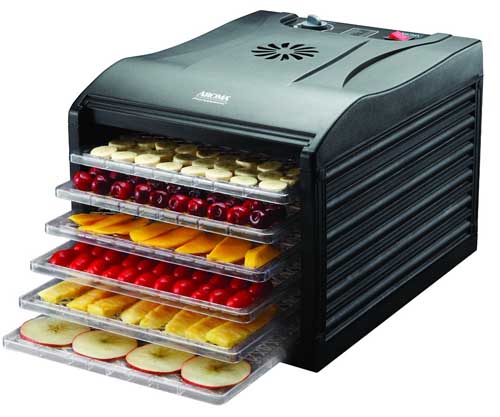Electrostatic properties of charges in the form of airflow induced by electrostatic forces between charges have always been at the core of various technological applications like corona in electrostatic precipitators, ionic thrusters etc. The ion wind, ionic wind, coronal wind or electric wind is linked to the movement of electrons and ions in the space/air when some sharp conductors are subjected to high voltage relative to others.
With the growing technological applications In various aspects of human life, the agriculture sector is also making tremendous progress in accepting different technological pursuits. Drying of agriculture produce in general and vegetables or fruits in particular is being achieved with the help of an air-heating process in which most nutrients are being lost during the process. Now, researchers have improved a way to dry vegetables or fruit without heat. The energy-efficient process called “ionic wind” relies on a slow, electrically driven “breeze” which can dry foods while preserving nutrients. This no-heat technique halves drying time and really cuts the energy required. One common way to slow or stop the spoilage is to remove water from the food and the process called - dehydration - typically involves heat but heat can destroy a food’s nutrients. Now, researchers have come up with a more energy-efficient way to dehydrate food without heat. The method takes metal wires and a high voltage to create “ionic wind”. It could help keep dried fruits and veggies more wholesome and more flavorful.
Ionic wind is generated by electricity while applying a high enough voltage (of the order of 10000 o 30000 volts) to a bare, positively-charged wire, will create an electrical field. This charges the wire positively and ionizes the surrounding air. Air consists of various gases such as oxygen, nitrogen or carbon dioxide. Each of these molecules consists of atoms, which in turn consist of positively charged elementary particles – the protons – and negatively charged particles – the electrons. The electrons are attracted by the positively charged wire, while the much heavier protons are repelled by the wire. These electrostatic forces ultimately cause electrons to "split off" from the (electrically neutral) gas molecules, the remaining molecules are now positively charged – or "ionized". The positive ions collide with other air molecules on their way away from the wire towards the grounded collector located below the wire and set them in motion. This impulse, or rather the particle movement triggered by it, then creates the ionic wind, which is also known as electrohydrodynamic airflow. Previously, ionic wind drying has worked only on a small scale as it was too costly to dry large volumes of food. The previous version of ionic wind, which rested on a metal plate, was about 95 percent more energy efficient than drying that food with air moved by a fan. The newer mesh design should be even more energy efficient. What sounds like a small change makes a huge difference, though: The water can now evaporate from all sides of the fruits or vegetables. As a result, the ionic wind dries the food twice as fast as on an impermeable tray, which was used by researchers all over the world so far. But above all, the ionic wind dries fruit and vegetables more uniformly on the mesh. In contrast to the previous approaches of electrohydrodynamic drying, the new design is also easier to scale up – and thus extremely interesting for industry. However, the quality of nutrients and contents of produce dried with ionic wind is yet to be assessed.
